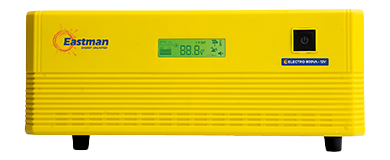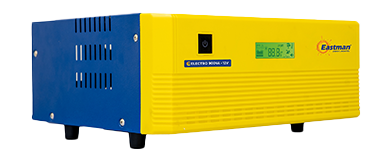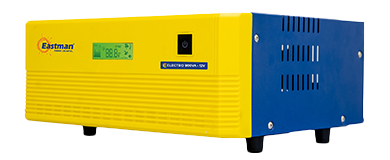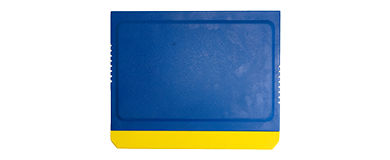




VA Rating: 900
Warranty: 10Years
Technology: Micro Controller Based Design
Mains AC Input Range (Wide Mode)
90V - 300V ± 10V
Mains AC Input Range (Wide Mode)
180V - 260V ± 10V
Output Voltage on Mains Mode
Same as input
Output voltage on UPS Mode
210V+10%, -15%
Output frequency In UPS Mode
50Hz ± 0.1Hz
Switching from mains to UPS and from UPS to Mains Mode
Automatic
Output Waveform on Mains Mode
Same as input
Output Waveform on UPS Mode
TPZi Wave
Battery Charging Current
Constant charging approx 10% of the rated battery current in AH
Charger
CCCV
UPS overload/UPS Short Circuit
110%/300%
UPS Transfer Time
<=15msec
Technology
Micro Controller Based Design
Auto Reset Feature
Yes
Operating Temperature
-10°C to +45°C

Unity power factor VA=WATT
(*Bulb Load)

Starts & run compressor
load / motor load
as per rating

Full load output voltage highest among its peers @ nominal battery voltage

Peak load peak output #(PLPO)

Start & run SMPS load (Led Lights) as per rating

Zero volt pickup
Home
Office
Industrial Units
Hospitals
Schools
Petrol Pump
Fill the enquiry form or call us on:

An inverter converts DC (Direct Current) to AC (Alternating Current), allowing you to use standard electrical devices with a battery or solar power source.
A 12V inverter operates on a 12-volt DC input, while a 24V inverter uses a 24-volt DC input. Further, with a 12V inverter you can use a single battery whereas with a 24V inverter you can use double battery. Due to this, a 24V inverter is typically more efficient and suitable for higher power and longer backup applications.
A sine wave inverter produces a smooth, consistent waveform similar to utility power, ideal for sensitive electronics. A square wave inverter generates a more abrupt waveform, less suited for sensitive devices. Due to this, the devices are kept safe and perform without any humming noise or flickers.
To choose the right inverter for your home, consider your power needs, battery voltage, and the type of devices you plan to run, ensuring compatibility and efficiency. Use our load calculator to get the best suited recommendations for your requirement.
Yes, you can run heavy appliances like ACs, motors, and mixer grinders on our inverters, provided the inverter has sufficient capacity to handle the load.
The best inverter for your home depends on your power requirements, with our sine wave inverters offering reliability and efficiency for most household needs. Calculate your load now for our recommendations on your requirement.
Our regulated voltage output provides stable power for sensitive devices, while non-regulated output may vary, suitable for less sensitive appliances.